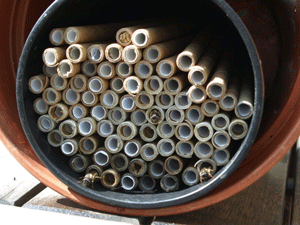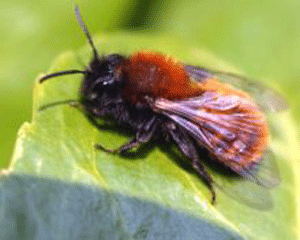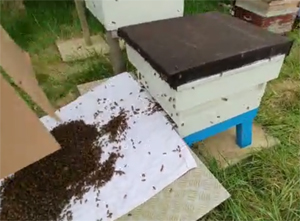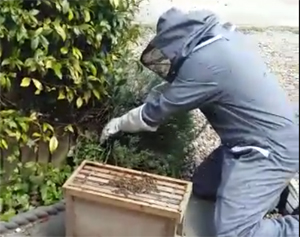Bee Control

Bumble Bee -
Link to Bumblebee Website
There are approximately 200 species of bees within the UK. The majority of these are classed as ‘solitary’ bees, such as Masonry or Miner Bees.
Although solitary bee species act independently of each other, when the conditions are right they can appear around buildings in sizable numbers. This can cause alarm and often leads to them being mistakenly identified as wasps.
The ‘communal’ bee species include Bumble and Honey bees. These do have shared nests, forming colonies. Again their presence may cause alarm to members of the public or result in them being mistakenly identified as wasps.

Mason Bee
They are beneficial insects, unlikely to sting unless provoked and can be safely left to go about their business.
There are rare occasions however, when the presence of bees does necessitate our intervention.
We work closely with a number of bee keepers so that on occasions when honey bees swarm or take up residence in buildings we are able to undertake their removal.

Honey Bee
Colonies of Honey bees normally swarm during the months of May and June. When this happens several thousand bees may suddenly appear in gardens or on buildings and form a tight knit ball, often hanging from a branch or foliage or attaching themselves to the side of the building itself.

Mining Bee
We are able to provide a swarm collection service to remove them unharmed and re-home them with experienced bee keepers.
Once honey bees have taken up residence and become established within the structure or fabric of a building their removal is obviously a far more complex operation. We are able to undertake removal or treatment of these colonies as required in consultation with the customer and subject to a full site survey and risk assessment.
Bee Hive Videos
These videos were taken by our staff showing them moving bees to a new Hive.






